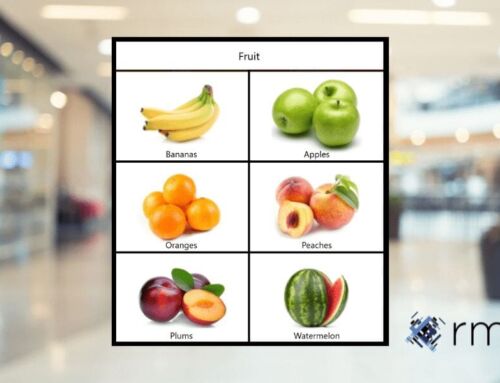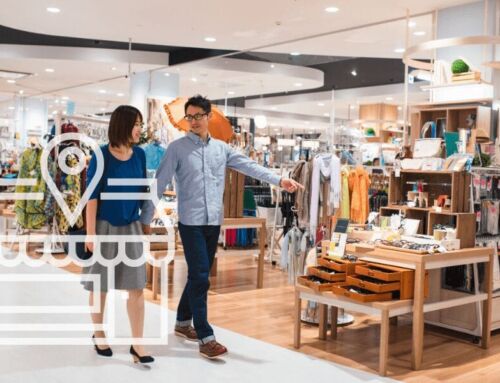Author
Tommy Chapman
Share
Out of touch? The increasing importance of contactless payments
Contactless payments are becoming a lot more common, particularly since the spending limit has been increased to £100. How will this affect retailers, and what should you do to help your customers feel secure while using contactless payments?
We’ve written in several recent blogs about the increasing role that debit and credit cards have been playing in making payments. Where cash was once the most popular method of paying for goods and services, it now accounts for less than a quarter of all transactions. Cash only made up 23% of payments in the UK in 2019, while card payments accounted for 51%. In contrast, only a decade earlier, cash accounted for 60% of all payments. On top of this, 72% of people are now using online banking. It has even reached the point where many businesses are opting to accept card payments only, and completely abandon the use of cash.
The Covid-19 effect
As with almost every other aspect of our lives, the Covid-19 pandemic had a major impact on the way we pay for goods and services. It has further accelerated the trend towards using cards and other payments over cash. Indeed, the government encouraged people to use contactless payments since it was more hygienic than handling physical money.
This had additional knock-on effects; to better facilitate contactless payments, the Financial Conduct Authority (FCA) and UK finance industry leaders took the decision to increase the contactless limit from £30 to £45, a move which was widely welcomed by both merchants and customers. It was a move that was clearly needed as contactless payment became incredibly popular; in August 2020, when the government introduced the ‘Eat out to help out’ scheme, the UK public spent £8.4 billion using just contactless payments in that month alone! The limit was further raised to £100 and it appears will remain so.
While some have security concerns about the limit increase, they may be failing to take into account the wider public’s desire to pay for larger value shops without having to enter their PIN. At the same time, other payment options such as digital wallets such as Apple Pay and Google Pay don’t have the same £45 limit as contactless payments. This means that many people are already using contactless to purchase higher value items such as clothing, jewellery and technology, not just everyday items like snacks and drinks.
What the contactless increase means for retailers
Increasing the limit to £100 certainly made traders’ lives easier. Customers have got used to being able to pay by simply tapping their card or smartphone. It’s quick, easy and convenient for both shopper and retailer. This is also a potential benefit during peak hours. Each contactless transaction may only save a minute or two, but those minutes quickly add up, resulting in shorter queues, faster service and more sales in less time.
Security of contactless
While it’s worth remembering that no payment method is one hundred percent secure, concerns about contactless payments are largely unfounded. Certainly, contactless payment is no less secure than chip and PIN, and UK fraud rates for contactless payments are low: UK Finance reported only 2.7p out of every £100 in 2019, and reports of contactless fraud fell during 2020.
There are several things that traders can do to help set customers’ minds at ease. Firstly, it’s a good idea to ensure that the transaction total is shown on a screen. Contactless payments can be quick, and customers can forget to check how much they’re being charged, which can lead to unpleasant surprises later on. You should show the total on the EPoS screen, and the member of staff should communicate to the customer before they pay. Secondly, always offer a receipt, especially for higher value items. This gives the customer proof of purchase and helps them keep track of their outgoings, and will help small businesses avoid merchant chargebacks.
The most important thing you can do is ensure that your business is fully PCI DSS compliant. This stands for Payment Card Industry Data Security Standard and is a mandatory requirement for all business owners who accept credit or debit cards. To achieve this though, you need to have the right technology in place. Dojo card machines, available from RMS, use point-to-point encryption (P2PE). This is the most rigorous security standard and is designed to protect both businesses and their customers from card fraud. It also makes becoming PCI compliant much easier to achieve.
Conclusion
The long-term trend has been for an ever-increasing reliance on card payments and other purchasing methods over cash, and the pandemic only hastened this. Hygiene concerns also added additional impetus to the push towards contactless payments. As they increasingly stop using cash to make purchases, customers are coming to expect to be able to make large purchases with contactless payments, and it is up to retailers to meet these expectations. At the same time, traders need to ensure that their customers feel secure in paying for goods and services using contactless payments, and the best method for doing this is to make sure that your organisation is PCI DSS compliant. Dojo contactless machines are an excellent way of achieving this.
If you have any questions about card and digital payment options or wish to talk to someone about your business needs, contact RMS here or call us on 0800 138 0050.
Key Terms
Share:
Sign up now for news and special offers!
Join our Newsletter
*We are collecting your email information in order to add you to our newsletter recipient list. You can unsubscribe from our communications at any time. You can do this by contacting us or by clicking the unsubscribe button on any of our communications with you.
You can find more information about the details we hold about you and the way we use them in our privacy policy, and you can access this here or we can send you a copy.




